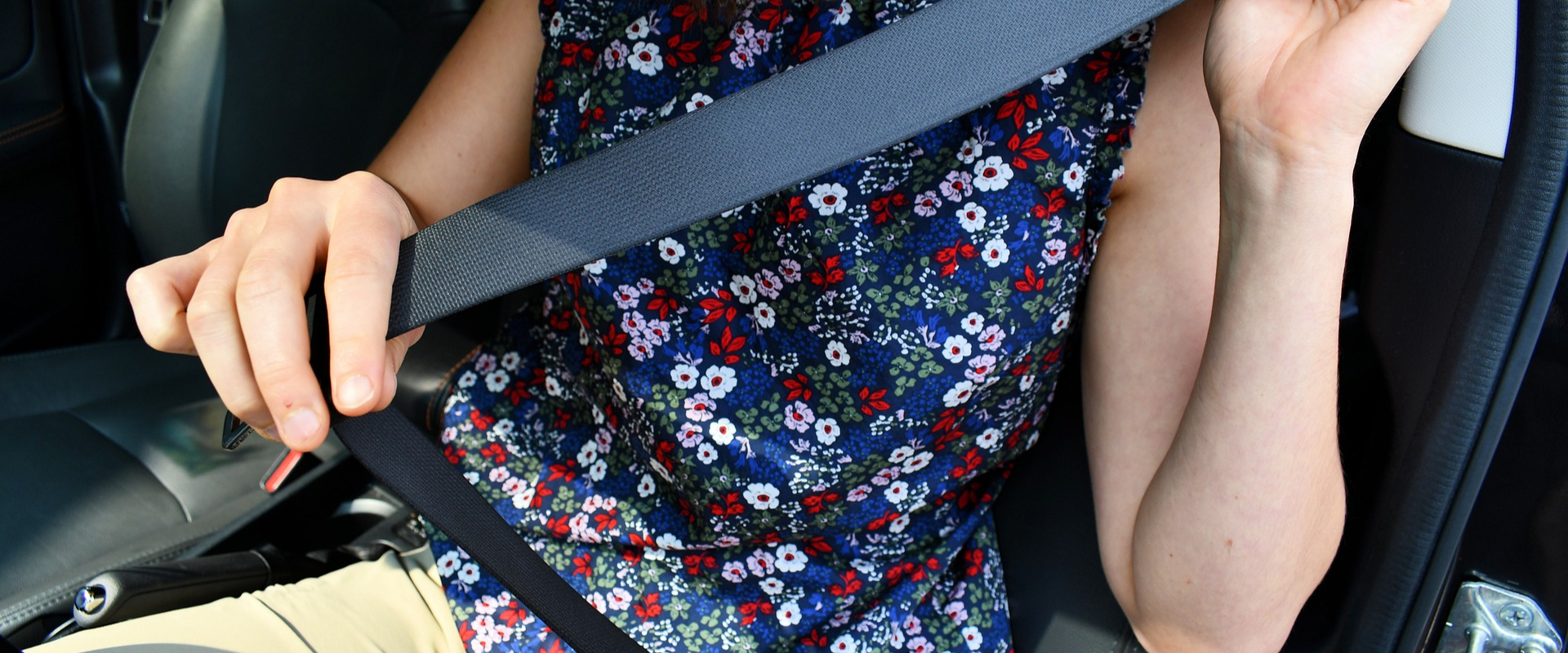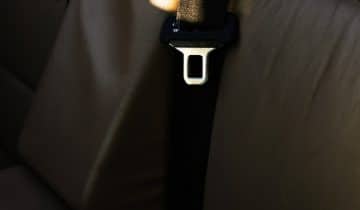The importance of wearing your seat belt cannot be stated enough. About 40,000 people die annually in the United States from motor vehicle crashes, with it being the leading cause of death for people under 34 years of age. In fact, according to the National Highway Traffic Safety Administration (NHTSA), properly wearing your seat belt is the best way to lower the risk of death in a vehicular accident. Since 1975, it has saved approximately 300,000 lives alone.
Although you’ve probably had many trips that you completed without wearing your seat belt, it’s best not to tempt fate. If it’s not working correctly, it’s best to go in and have a seat belt repair or replacement done right away, as faulty seat belts are just as dangerous. Here’s what you need to know about seat belt safety:
The Facts of Wearing Your Seat Belt
Wearing your seat belt is one of the best ways to defend yourself from distracted, reckless, and impaired drivers. It’s the most crucial safety measure that all passengers in a car can take to protect themselves on the road. When you use it correctly, it significantly reduces the risk of any fatal, moderate, or critical injuries that result from car accidents.
Seat belts can lower the risk of a fatal injury to front-seat passengers by as much as 45 percent and moderate or critical injuries in the same area by 50 percent. Meanwhile, seat belts effectively reduce the risk of fatal injury in passengers in light trucks by 60 percent and moderate or critical injuries by 65 percent.
As ejections from a vehicle are among the leading causes of deaths in auto accidents, seat belts effectively save lives, as they prevent drivers and passengers from being thrown out of the car during a crash. Those who don’t wear their seat belts are 30 times more likely to be ejected. Over 75 percent of people who are thrown out during a vehicular crash succumb to their injuries.
Tips for Wearing Your Seat Belt
The shoulder harness of your seat belt must sit firm but comfortably across your shoulder and chest. It must be taut with minimal slack to ensure you stay in place if you suddenly jerk forward. Always make sure to wear the shoulder harness in front of you, as keeping it behind your back or under your arm will expose you to the risk of injury in a car crash. If your seat belt needs a replacement because wearing it feels uncomfortable, it’s best to immediately have this done.
Pregnant women must put their lap belt beneath their baby bump and across their hips. While they must wear the shoulder harness across the chest and away from the neck, it must go over the side of the belly rather than across it.
Children and Seat Belt Safety
As required by law in many states, young children must ride in a properly installed and secured car seat until they reach a specific age, weight, and height. Most children make the transition to wearing an adult seat belt between eight to 12 years old, and other children reach the required height and weight at an earlier age. Be sure to check this with your state DMV office.
If you’d like to determine if your child is ready to transition to a regular seat belt, you can perform the seat belt safety 5-step test. Their back must sit comfortably against the vehicle seat. The shoulder belt must cross between the neck and shoulder; if it sits too close to the neck, children will likely put it behind their back. The lap belt must rest on the upper thighs, across the hip bones; if it rests on the abdomen, it can harm their internal organs in a crash. Their knees must bend at the edge of the seat, and the child must ride in this position comfortably during the entire car ride. If they perform all five steps successfully, they can safely transition out of a booster seat to wearing a standard seat belt.
Conclusion
Although a seat belt is a standard in all vehicles and most transportation modes, many people take them for granted. However, it is crucial to reduce your risk for injuries in a car accident and ultimately save your life. By keeping these basics in mind, you’ll be employing life-saving techniques if you experience a motor vehicle crash.
Safety Restore is the leading post-accident restoration specialist in seat belt repairs and airbag modules, covering all makes and models. We also provide webbing replacements and instrument cluster repairs. Get in touch with us today to find out what we can do for you!



